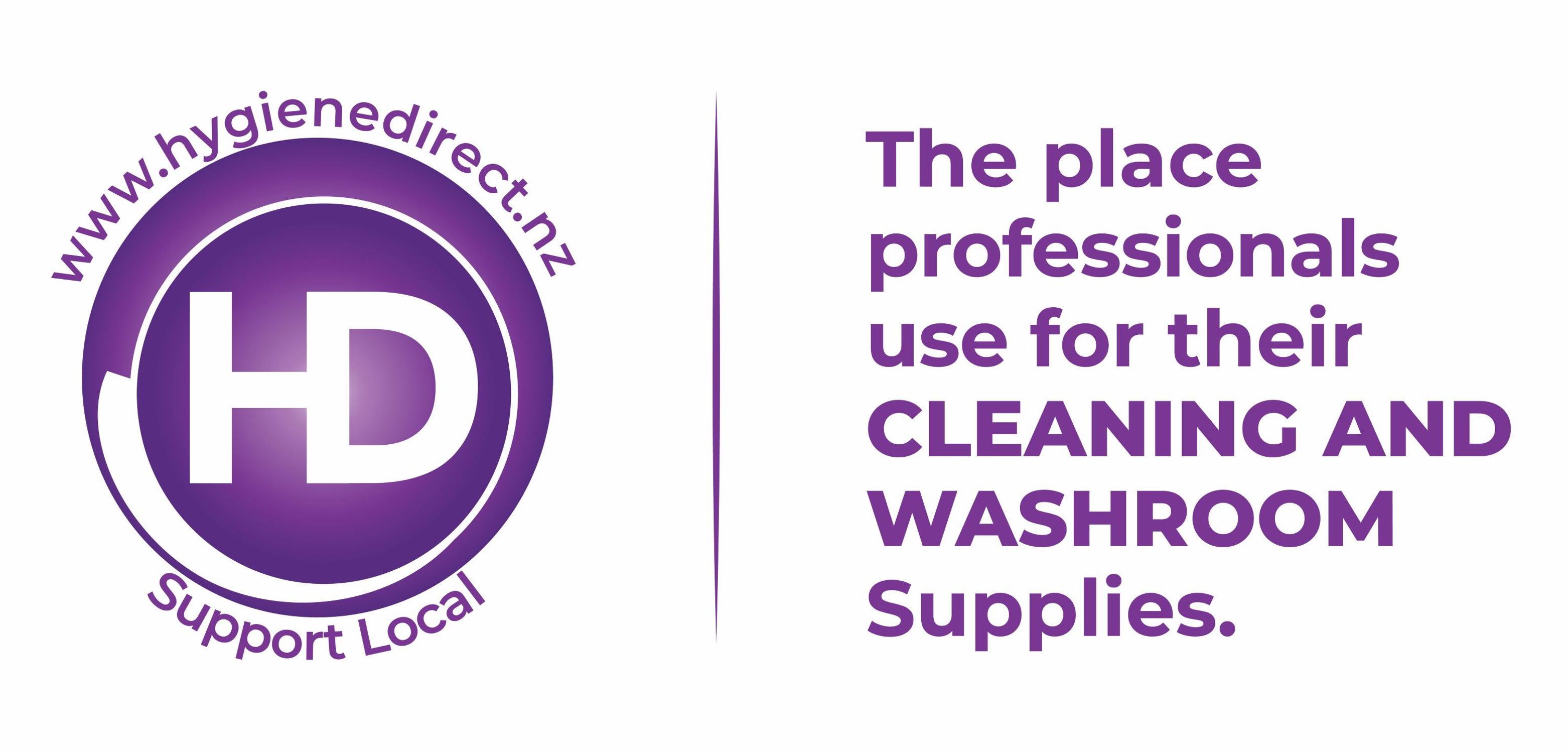|
Now for a bit of an explanation on each variable:
Temperature
Optimal cleaning temperature when using a standard cleaning agent (excluding active enzymes) is 65 degrees celsius. This does not mean you must use hot water; it just means that your cleaning job will be easier if you do. Another good rule of thumb is for every 10 degrees celsius you increase the temperature, your cleaning power doubles - resulting in less dwell time needed, less chemical or lower concentration needed, or less scrubbing required.
Agitation
Agitation is another word for ‘elbow grease’! This is the scrubbing component of the fundamentals of cleaning and this category has its own variables within it. There are many different tools available to achieve this, ranging from mops and scrubbing brushes, microfibre and multi-sponges to paper towels or scrubbing pads. If you are unsure if you have using the correct tool for your needs, your local Hygiene Direct agent will be happy to discuss options with you.
Concentration
Concentration refers to the ratio of chemical to water. It is important to get this part right. If the concentration is too low, the desired job (degreasing, sanitizing, streak free) will not be achieved. On the flip side, if the concentration is too high you will also receive unwanted results - your solution will leave a heavy residue which will leave your surfaces with a sticky, tacky feel.
The most common concentration error is over dilution. On top of leaving your surfaces sticky and tacky, you are also literally flushing money down the drain. The best way to remedy this is with a chemical dilution system, whether that be an automated push button system that dilutes your cleaning agent as it is being dispensed, a chemical pump which doses the correct amount after you have already added the water or even a measuring cup/jug.
Ensure you check your bottle label or ask your Hygiene Direct chemical supplier what your correct dilution rates are for your required job.
Time
This fundamental is all about dwell time - the time you let your cleaning solution sit before rinsing. The longer you leave your chemical solution in situ without it drying off, the better results you will achieve. A great way to increase this dwell time with out it drying or running off is to apply it as a foam.
We are big advocates of foam application and have a wide range of options in stock so be sure to ask about our foaming options to make your cleaning job more efficient and easier
Water
I like to put this in there because water is the elixir of life... and cleaning!!
A thorough rinse afterward is a great practice to get into, especially when we are talking about a food preparation surface where the practice of thorough rinsing with potable water is essential.
|
